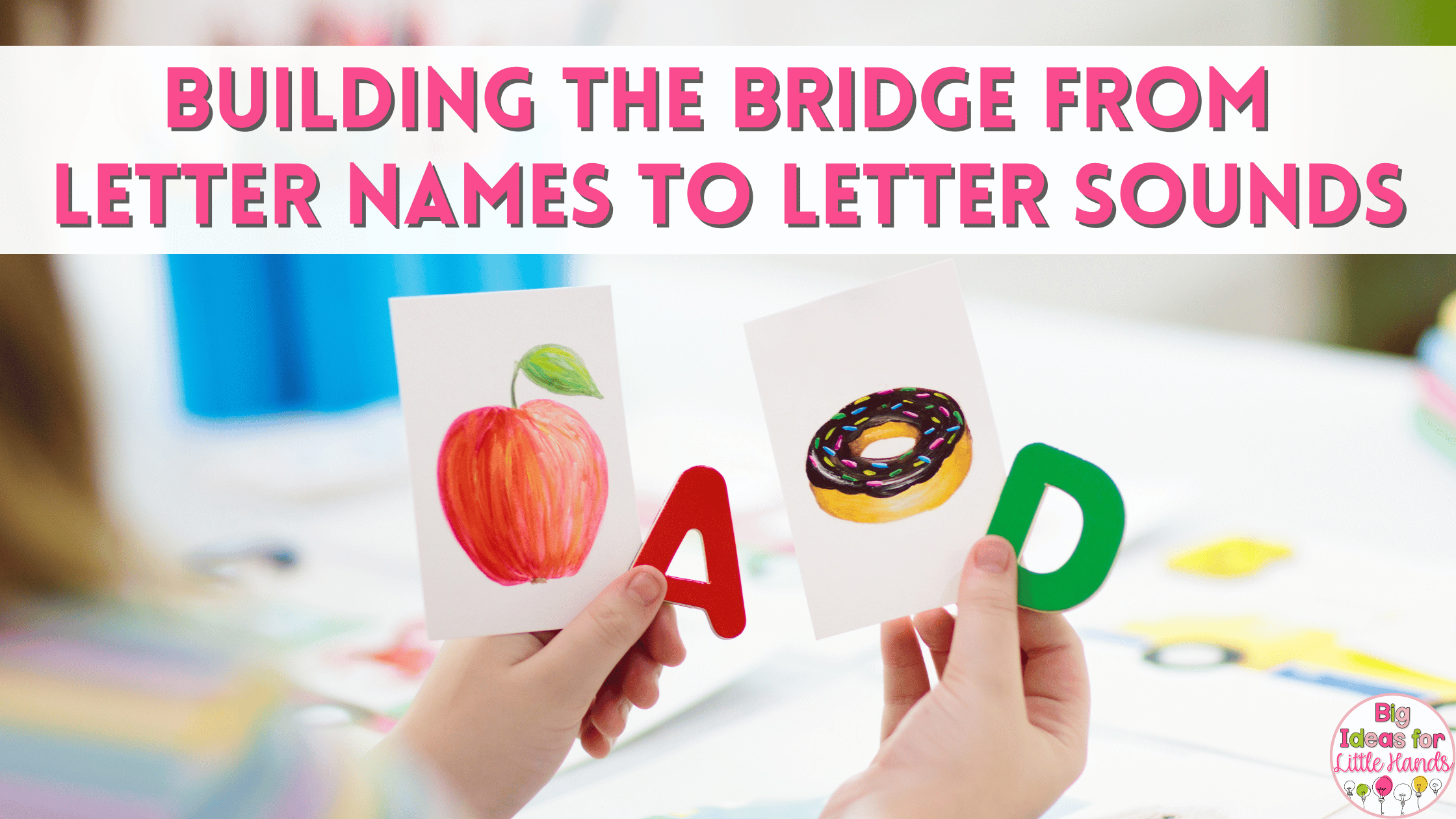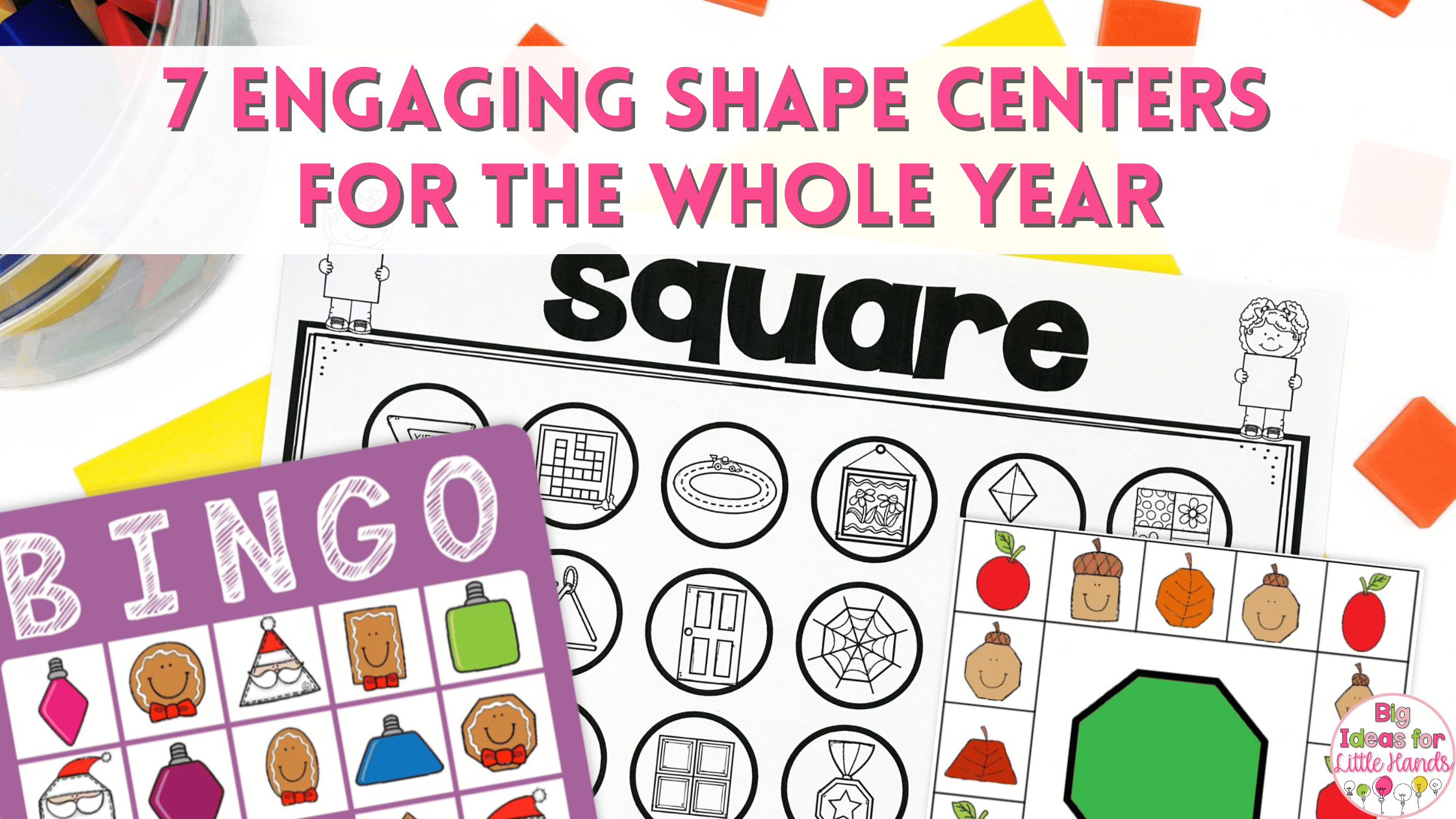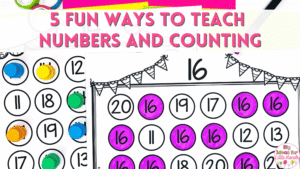Kindergarten science is one of my favorite things to teach, but it never seems that we have enough time in our schedule to really dive in. Because of this, I’ve had to learn to embrace lessons with cross-curricular elements to ensure that we can strike a balance with our subjects. A great place to work in some extra science teaching is during your literacy block! If you’re new to this idea, I know you’ll love the activities I’m sharing today to bring kindergarten science topics into your literacy block.

The Benefits of Cross-Curricular Teaching for Kindergarten Science
Cross-curricular teaching has so many wonderful benefits. Probably the best, in my opinion, is that it helps you to make the most of the time that you have. When our schedules feel tight and filled up with math and literacy, it can feel really difficult to squeeze in science topics. But, as teachers, we know that there is so much learning that happens in our science lessons. So what’s a teacher to do? Adpot cross-curricular teaching of course!
When you use kindergarten science lessons during your literacy block, you’re able to target important skills like reading and writing while learning about interesting topics. It’s the best of both worlds in my opinion! Plus, primary students LOVE science. Using kindergarten science topics in your literacy block will boost engagement immensely. Your students won’t even realize they are working on reading and writing because they’re having so much fun learning about interesting animals, plants, and other science topics.
Getting Started with Kindergarten Science Lessons in Your Literacy Block
So, where to begin? So glad you asked! Here are four simple ways you can weave kindergarten science lessons into your literacy block. Give these a try in your room to test out cross-curricular teaching!
1. Read Alouds
This is perhaps the easiest way to teach science standards outside of the science block. Just read about it! There are so many great topics to cover and the read-alouds available are endless. I especially like to choose books with large, full-color, real photos. Kindergarten students will love looking through all the pictures as you read aloud.
When it comes to choosing kindergarten science topics, I lean into the seasons. For example, in the winter, I love to teach a thematic unit about Polar Animals. During this time, polar bears, penguins, and other arctic animals make their way into our reading. I have several favorite read-alouds that I use during this time of year, and they lend themselves well to reinforcing science standards! I especially love these National Geographic Readers because of the full-color, real photos:
- Penguins by Anne Schreiber
- Polar Bears by Laura Marsh
- Arctic Animals by Jennifer Szymanski
I like to read these aloud and then chat with my kiddos as we make an anchor chart about some of the things we learned. We might write down facts about their habitat, what they eat, or the characteristics of the animal. I love that this helps deepen understanding and comprehension of what we read, while also prompting students to share and talk in a group setting.
2. Kindergarten Science Research Projects
After reading and building your anchor charts, consider taking it a step further with a research project! Research incorporates both reading and writing, so it’s the perfect blend of literacy and science work! I love to see my students take ownership of their own learning and this is a great opportunity to do so. There’s so much accomplishment built into a research project!
In kindergarten, a research project usually involves gathering important information and putting it together into some kind of package or format. You might have your students write a few sentences and draw pictures. Or maybe they will make a mini book. You could even have them collect pictures from magazines and make a poster. Another option is a lapbook- more on that below! In any case, this is a fun project that you can do at school, or assign to be completed at home that will weave in both literacy and science skills.
3. Writing Stories About Animals
Another way to work science into literacy is to take the centers you already have, and swap out some of the instructions to be about your science topic. So, in the writing center, ask students to write a story about their life as a polar bear. Or, have students imagine what a polar bear would need to survive if they brought one home as a pet. This incorporates what they’ve learned in science, but fuses it with creative writing which is extra engaging and fun for students!
I like to make sure that I stock my writing center with vocabulary cards, picture cards, and even the anchor charts that we made to help inspire my students’ writing. The more you can add to this center to align with your arctic animals unit, the better! I love reading what my students come up with afterward. These are usually bulletin board material!
4. Lapbooks
This last idea is admittedly my favorite because it brings together all three of the first ideas that I mentioned into one unique, comprehensive package. Lapbooks are a bit like an interactive notebook, but a bit smaller. I make mine using a manilla folder that’s folded so that it has one flap on each side. Inside, there is a collection of foldables, writing prompts, and facts that students have learned.
In my room, we work on these over the course of about a week to study a specific topic. It’s great because we can do a little reading on the topic, then fill out some of the activities and add them to the lapbook. When we’re done, each child has a visual record of everything they’ve learned, much like a research project. They love sharing these with their families at the end of our kindergarten science units!
A Closer Look At Kindergarten Science Lapbooks: Arctic Animals
As I mentioned above, I do a unit on arctic animals every year. I love being able to weave kindergarten science topics into our literacy block and lapbooks are the perfect way to do so! I have three different lapbooks that we use during our studies. They’re all available in my Polar Animals Lapbook Bundle. In these lapbooks, students learn about penguins, polar bears, and walruses through a variety of engaging activities. Some of the things students work on include:
- Life Cycles
- Labeling
- Comparing Charts
- Vocabulary
- Animal Facts
- Writing Prompts and more
As we work through our unit, we will complete an activity or two at a time and add it to the lapbook. My students love completing these and I love how many skills we can target at once. Not only are we learning about interesting new science topics, but we’re also reading, writing, and strengthening fine motor skills too! Lapbooks are such a great way to touch on multiple skills in one short teaching block!
Digital Lapbook Activities
I should also mention that in addition to the paper lapbooks, I have developed a line of lapbooks for Google Slides. These are a valuable tool for teaching and modeling in your lessons as well as a great option for distance learning classrooms. These lapbooks initially were printable only, but now you can use the digital version to adapt to any teaching situation you may find yourself in this winter! Here are the links to check out each digital version of these lapbooks:
The digital lapbooks include many of the same great activities that the paper ones do as well as videos on the topics. You can project the digital slides up on your interactive whiteboard and walk through them with your students. Then, they can work on the corresponding activity in their paper lapbooks to bring the lesson full circle. Your students will have a blast learning about these animals, and you will love blending your science standards into your literacy block!
Have Fun with Kindergarten Science in Your Room
I hope this post served as a great example of what it can look like to weave kindergarten science topics into your literacy block. Once you choose a topic, there are so many ways to learn about it while touching multiple skills! It’s become my favorite way to teach and I know, once you give it a try – you’ll love it too!
While this post has been focused on my arctic animals unit, keep in mind that you can apply these strategies to any kindergarten science topic! I use this teaching style all year long to explore a variety of interesting topics. If you’re looking for some inspiration, be sure to check out all of the fun kindergarten science and social studies lapbooks in my TPT shop!
Love Lapbooks?
Check out these posts to see more lapbooks in action!
- 8 Lapbook Plant Activities for Spring in Kindergarten
- Engaging Space Lapbook Activities Your Students Will Love
Save This Post
Pin this post on your classroom Pinterest board so that you don’t lose track of these great ideas to get started using kindergarten science lessons during your literacy block!











